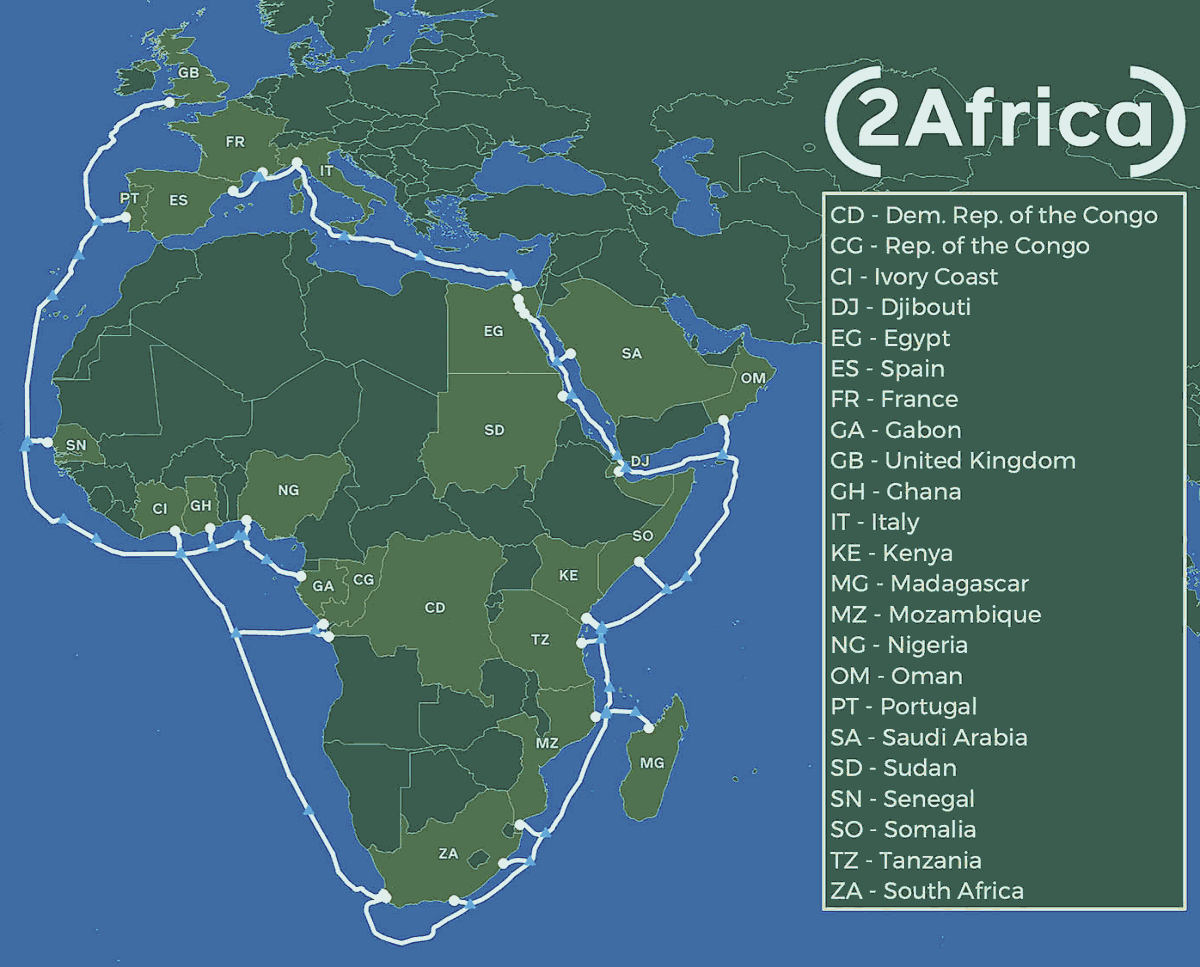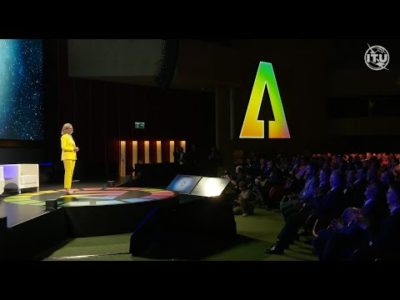2Africa subsea cable has landed in Ghana and Nigeria. The2Africa consortium, comprised of China Mobile International, Meta, MTN GlobalConnect, Orange, stc, Telecom Egypt, Vodafone and West Indian Ocean Cable Company (WIOCC).
RELATED: TelCables Nigeria adds Clouds2Africa node boosting cloud connectivity across West Africa
“Bayobab is pleased to have successfully landed the 45,000km-long 2Africa cable in Ghana and Nigeria,” the telco formerly known as MTN GlobalConnect announced this week. Bayobab was founded in 2018 as MTN GlobalConnect. The pan-African digital connectivity company rebranded in 2023.
Longest subsea cable ever deployed
At 45,000km, it will be the longest subsea cable ever deployed, serving communities that rely on the internet for services from education to healthcare and business, with all experiencing the economic and social benefits that come from this increased connectivity.
Announced in May 2020, the 2Africa subsea cable system together with its Pearls extension are designed to deliver seamless international connectivity to approximately three billion people, representing 36% of the global population and connecting three continents, Africa, Europe and Asia.
Landing points in Ghana and Nigeria
In Nigeria, the cable landed in the Lekki area of Lagos while it arrived last November in Accra, Ghana. Work on the West Africa portion of the cable began last year.
“Following two milestone landings in South Africa, we are pleased to announce 2Africa cable landing further up the continent, in Accra, Ghana and Lagos, Nigeria,” said CEO of Bayobab, Frédéric Schepens.
Adding: “The 2Africa initiative is at the core of the work we do as Bayobab, with the ultimate goal of connecting Africa to the world and the world to Africa. We are eager to continue offering services that will expand the rapidly growing African digital economy and positively impact growth across the continent.”
Landings in Cameroon, the Ivory Coast, Senegal, Portugal, and the UK are expected soon. Cable laying the East African portion of the undersea network started in late 2022.





























